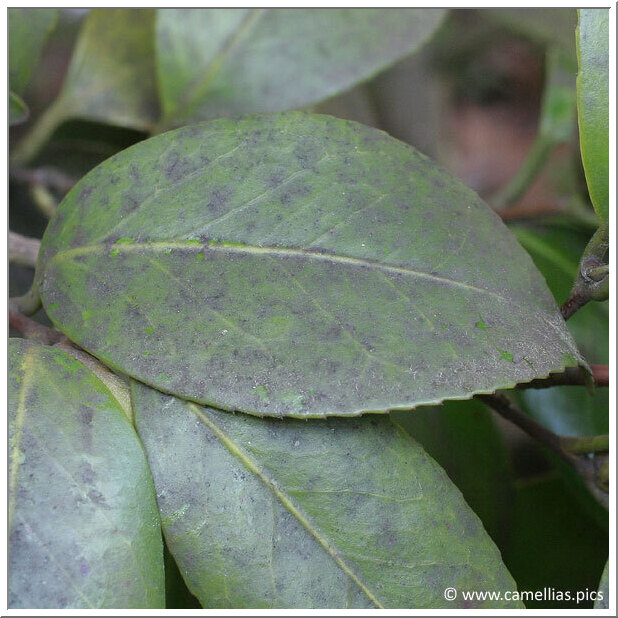
Camellia diseases Camellias.pics
Camellia flower blight is a fungal disease that affects camellia plants, particularly the flowers. The disease is caused by the fungus Ciborinia camelliae, which can infect the flowers and cause them to turn brown, mushy, and eventually fall off. What Causes Camellia Flower Blight?
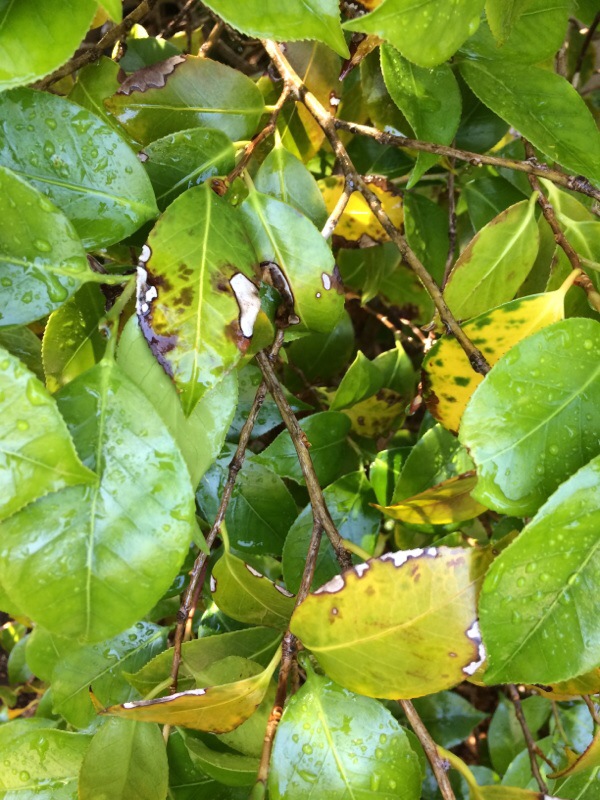
Camellia Leaf Browning
Camellia leaf blight is a disease that can be caused by two fungal pathogens: Monochaetia karstenii or Pestalotiopsis species. The development of the disease is favoured by wetness on the leaves and any factors that weaken or damage the foliage. Symptoms You may see the following symptoms: Discoloured patches develop on the leaves.
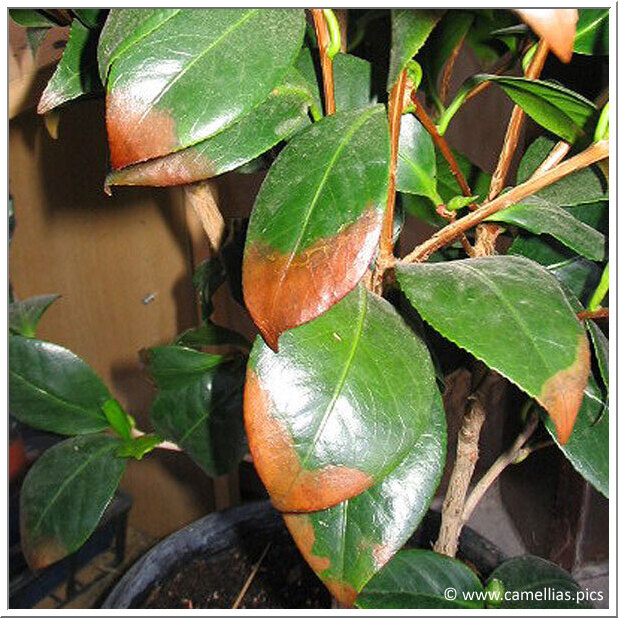
Camellia diseases Camellias.pics
This publication provides information and general management recommendations for algal leaf spot, dieback, twig blight or canker, flower blight, wet root rot diseases, root rots, aphids, scale, spider mites, and nutrient deficiencies.. A. Control of Camellia Petal Blight. Extension publication ANR-216. Auburn: Alabama A&M and Auburn.
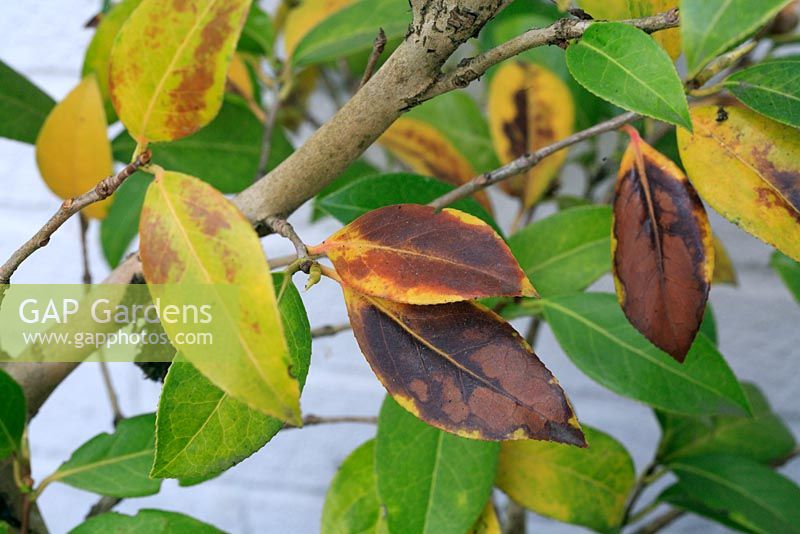
GAP Gardens Chlorosis leaf damage on Camellia leaves Image No 0033975 Photo by Brian North
By Edward Hodsdon March 11, 2023 Camellias are fantastic evergreen shrubs that work well in most gardens. However, these beautiful plants can suffer from various diseases and pests. In this article, we'll tackle eight common camellia pests and diseases and how you can combat them. Table of Contents: 8 Common Camellia Pests and Diseases

Camellia Leaf Spot stock photo Minden Pictures
(Image credit: MIMOHE) By Nikki Tilley last updated March 30, 2021 Even under the best of circumstances, problems with camellias can and do occur. However, learning how to identify and fix common camellia problems before they become an issue is the best solution. Common Camellia Problems Several diseases affect camellia plants.

[PDF] Study on isolated pathogen of leaf blight and screening antagonistic bacteria from healthy
Camellias are popular evergreen shrubs highly prized for their dark green waxy leaves and large colorful flowers ().Camellia species originated in Asia, where they have been used in numerous cultures for centuries.Camellias are popular ornamentals and some species can be used commercially to make tea (C. sinesis L.), while others are used as oils for cosmetics and cooking (C. oleifera Abel).
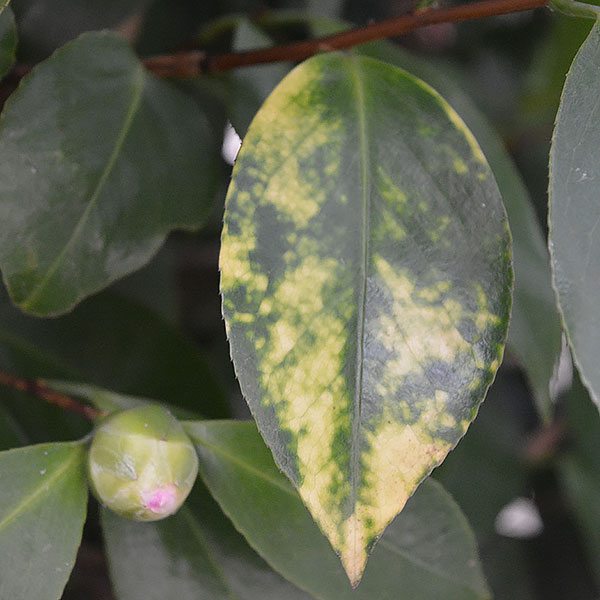
Camellia Diseases and Problems Nurseries Online
Petal blight is a disease of the blooms that usually appear in February or March of each year. It is characterized by brown splotches that can leave blooms with an undesirable appearance. There is no cure for petal blight and picking up blooms will only minimize the problem as spores can travel by the billions up to 5 miles away!

Camellia Disease Walter Reeves The Gardener
University of Georgia, Bugwood.org The aptly named flower blight (Ciborinia camelliae) affects flowers— and only flowers—at various stages of development. Irregular tan to light brown spots first appear on petals of expanding flowers and progressively turn the entire flower brown.
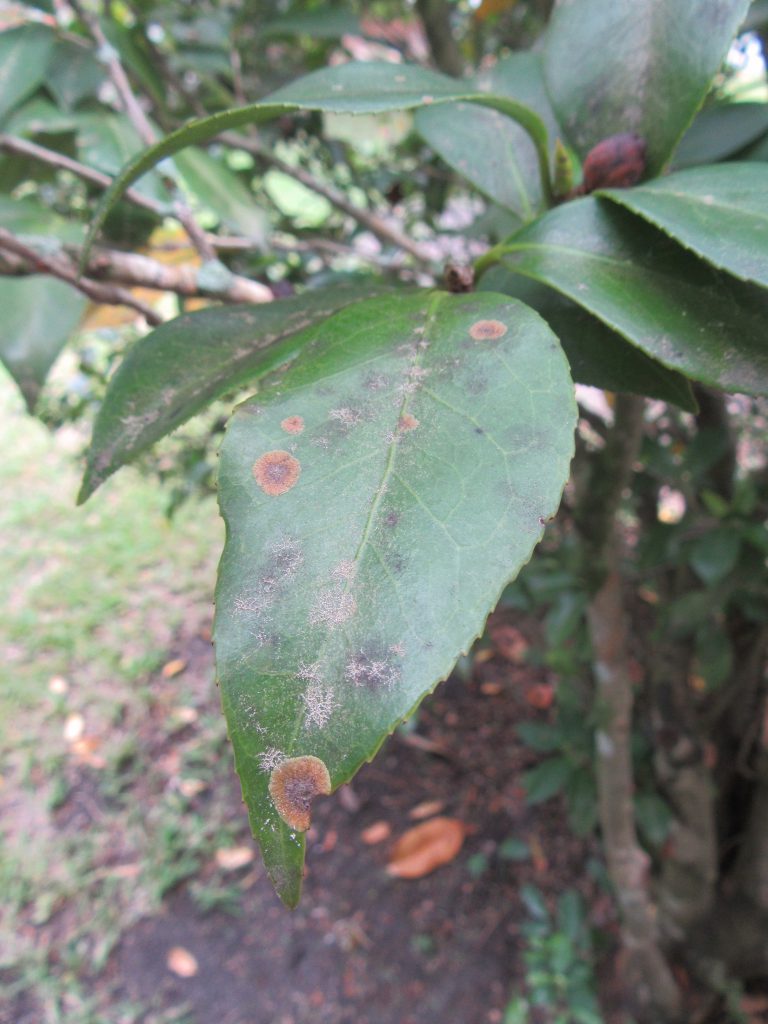
Algal Leaf Spot Common on Magnolias and Camellias Gardening in the Panhandle
Biology Flower and petal blight is a fungal disease of camellia flowers. Leaves, stems, and roots are not attacked. Symptoms begin with development of brown spots on the petals. These spots quickly enlarge until the entire flower is brown and dry or leathery and drops from the plant.

CamelliaRamorum Leaf Blight and Shoot Dieback Pacific Northwest Pest Management Handbooks
Camellia petal blight—Ciborinia camelliae Camellia petal blight, also called Ciborinia petal blight, affects all cultivars of Camellia japonica.Camellia sasanqua is infected less often in California.. Identification. Infection by the Ciborinia camelliae fungus initially causes small, brown, irregularly shaped blotches in petals.Spots enlarge rapidly until the entire flower is brown and dead.

/r/gardening urgent care clinic camellia leaf blight gardening garden DIY home flowers
Camellia flower blight is a disease caused by the fungus Ciborinia camelliae. The fungus is capable of overwintering in the soil in the vicinity of affected plants. It was first described in Japan in 1919 and has since spread to the USA, New Zealand and parts of mainland Europe.

Camellia leaf spot Pestalotiopsis guepini mature lesion and early infection on adjacent leaf
Leaves Flowers Problem gallery Take a look at some of the common problems you might encounter on a camellia. Disorder: Oedema is a disorder of plants caused by the roots taking up more water than the leaves can transpire.

Camellia blister blight (Exobasidium vexans)
This foliage disease is most damaging to young Camellia and Rhododendrons plants. Sign of Leaf Blight . The symptoms appear as pale brown patches on the leaves, leafstalks and on the flowers. Tiny black spots (pustules) appear in the brown patches, from these, spores develop.

Camellia Black Spots on Leaves — BBC Gardeners' World Magazine
Two fungal pathogens of camellias cause brown leaf blotches, premature leaf loss and twig or branch dieback. They are most damaging on young plants or newly propagated material.
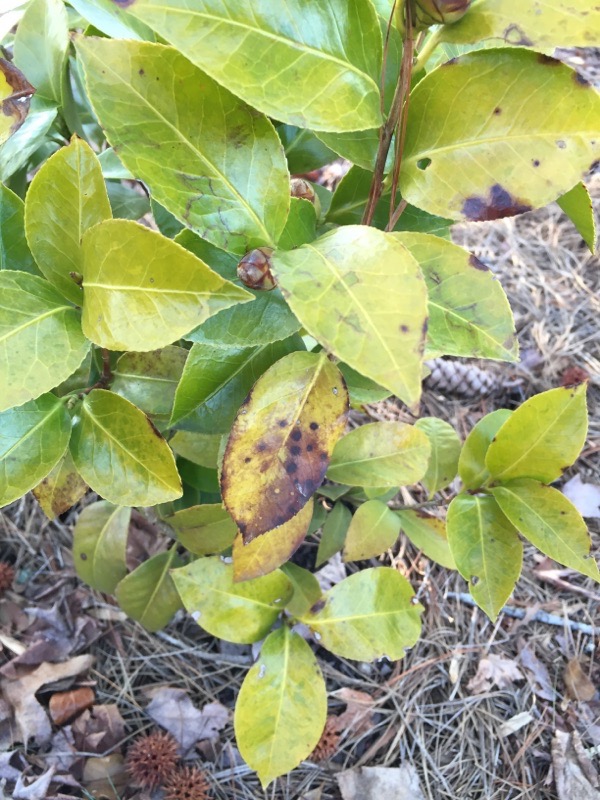
Camellia Petal Blight
Camellia Flower Blight: This serious disease of camellia causes the flowers to turn brown. Flower blight appears in early spring when moisture is present and is caused by the fungus Ciborinia camelliae. Symptoms begin as small, brown, irregular-shaped spots on the flower petals. These spots quickly enlarge to cover most of the flower.

Diseased Camellia Leaf YouTube
Camellia dieback and canker is a serious fungal disease that causes the leaves to suddenly turn yellow and wilt. Cankers (sunken areas) develop on the bark and stems, eventually girdle the stem and cause areas above the canker to wilt and die. These symptoms usually occur during hot, dry weather.